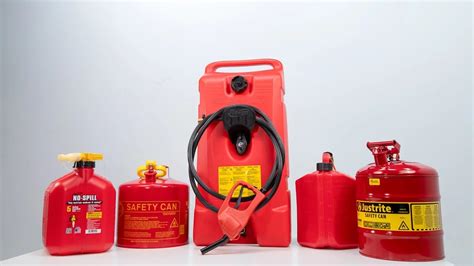Ensuring Fuel Readiness: The Ultimate Guide to Emergency Gasoline Storage
In times of crisis, access to essential resources becomes paramount. For many, this includes gasoline to power generators, vehicles, or other critical equipment. However, simply stashing a few cans isn’t enough; proper long-term storage of gasoline requires careful planning and adherence to safety guidelines to ensure its viability and prevent hazards. Let’s delve into the best practices for storing gasoline for emergencies.
Choosing the Right Storage Containers
The foundation of safe gasoline storage begins with the right containers. Do not use unapproved containers like old milk jugs or glass bottles, as these are unsafe and prone to degradation or breakage. Always opt for containers specifically designed and certified for gasoline storage.
- Material: High-density polyethylene (HDPE) plastic containers are popular due to their light weight and resistance to corrosion. Metal cans are also an option, particularly for larger volumes, but they can rust over time.
- Certification: Look for containers approved by regulatory bodies like the Department of Transportation (DOT) or those meeting CARB (California Air Resources Board) standards, which ensure they are spill-proof and vapor-resistant.
- Color Coding: Gasoline cans are typically red, universal signage for flammable liquids. Adhere to this convention for easy identification.
- Size: While larger containers might seem convenient, smaller 5-gallon cans are often more manageable and easier to rotate. Avoid storing excessively large quantities unless you have a dedicated, approved storage solution.
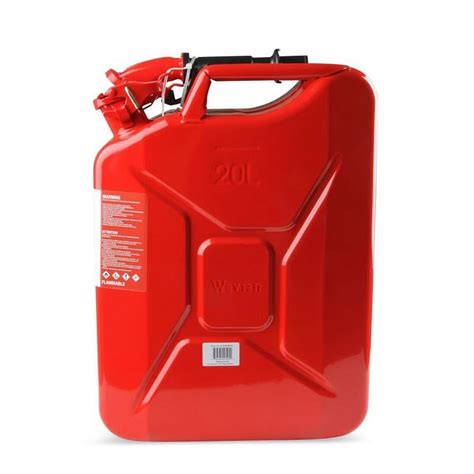
Stabilizing Your Fuel Supply
Gasoline doesn’t last indefinitely. Over time, it degrades, oxidizes, and can separate, leading to gumming and varnish deposits that can damage engines. This process can start in as little as 3-6 months. To extend its shelf life, a fuel stabilizer is essential.
Fuel stabilizers work by preventing oxidation and maintaining the chemical integrity of the gasoline. When used correctly, they can extend the usability of gasoline for 1-3 years, and some even claim up to 5 years. Always follow the manufacturer’s instructions for the specific stabilizer you choose.
- Application: Add the stabilizer to fresh gasoline immediately after purchasing it.
- Mixing: Shake the container gently to ensure the stabilizer is thoroughly mixed with the fuel.
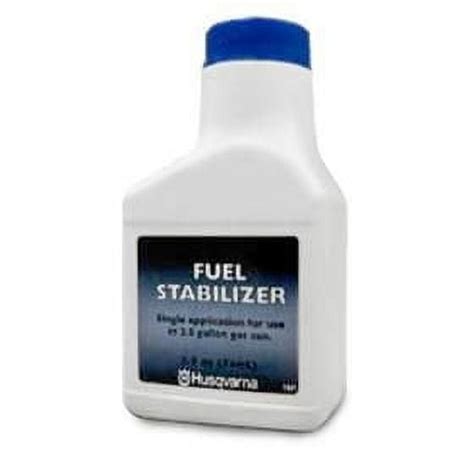
Selecting a Safe Storage Location
Where you store your gasoline is as critical as how you store it. Safety must be the top priority to mitigate the risk of fire or other hazards.
- Ventilation: Store gasoline in a well-ventilated area, away from living spaces. A detached shed or garage is often suitable, provided it’s properly ventilated.
- Temperature: Keep gasoline in a cool, dry place, away from direct sunlight or extreme temperature fluctuations. Heat can cause gasoline to expand, increasing vapor pressure and the risk of explosion.
- Ignition Sources: Absolutely no open flames, pilot lights, heaters, electric motors, or any other potential ignition sources should be near your stored fuel. This includes keeping it away from appliances like water heaters or furnaces.
- Security: Store containers on a stable surface, out of reach of children and pets. Consider securing them to prevent accidental tipping.
- Distance: Maintain a safe distance from your home and other structures if possible, especially for larger quantities.
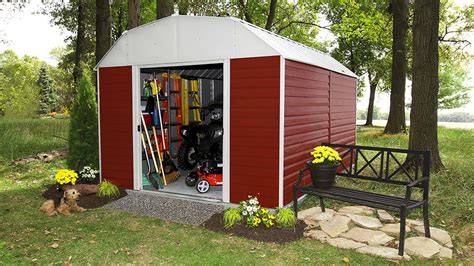
Rotation and Maintenance Schedule
Even with stabilizer, gasoline won’t last forever. Implementing a rotation schedule is crucial to ensure your emergency supply is always fresh and effective.
- Schedule: Aim to rotate your stored gasoline every 6-12 months (or according to your stabilizer’s recommendation). Use the older fuel in your vehicles or equipment, then refill the storage containers with fresh, stabilized gasoline.
- Labeling: Clearly label each container with the date it was filled and the date the stabilizer was added. This helps track your rotation schedule.
- Inspection: Periodically check containers for any signs of damage, leaks, or rust. Ensure caps are tightly sealed.
- Disposal: Never pour old or contaminated gasoline down drains or onto the ground. Contact your local hazardous waste facility for proper disposal methods.
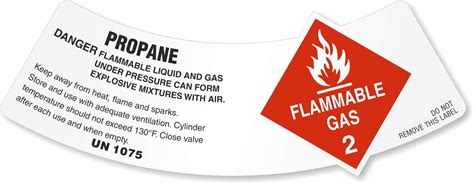
Crucial Safety Precautions
Working with and storing gasoline always carries risks. Adhering to strict safety protocols is non-negotiable.
- No Smoking: Absolutely no smoking or open flames near stored gasoline.
- Static Electricity: Be mindful of static electricity when transferring fuel. Use proper grounding techniques, especially when filling containers from a pump.
- Fire Extinguisher: Keep a functional ABC-rated fire extinguisher readily accessible near your storage area.
- Spill Kit: Have a small spill kit (containing absorbent materials) on hand to clean up any accidental spills immediately.
- Read MSDS: Familiarize yourself with the Material Safety Data Sheet (MSDS) for gasoline.
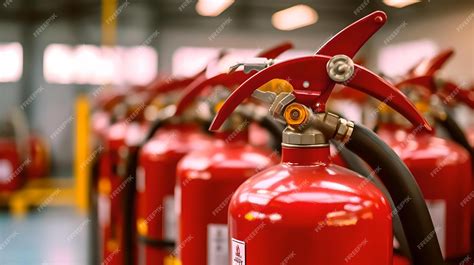
Conclusion
Preparing for emergencies means being proactive about all essential resources, and gasoline is no exception. By investing in proper containers, utilizing fuel stabilizers, selecting a safe storage location, maintaining a strict rotation schedule, and always prioritizing safety, you can ensure that your emergency fuel supply will be reliable and ready when you need it most. Thoughtful planning today provides invaluable peace of mind for tomorrow’s uncertainties.
